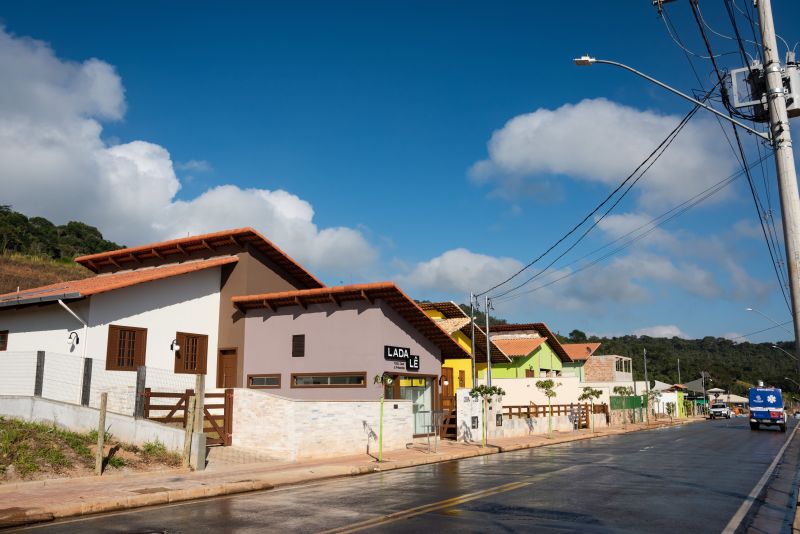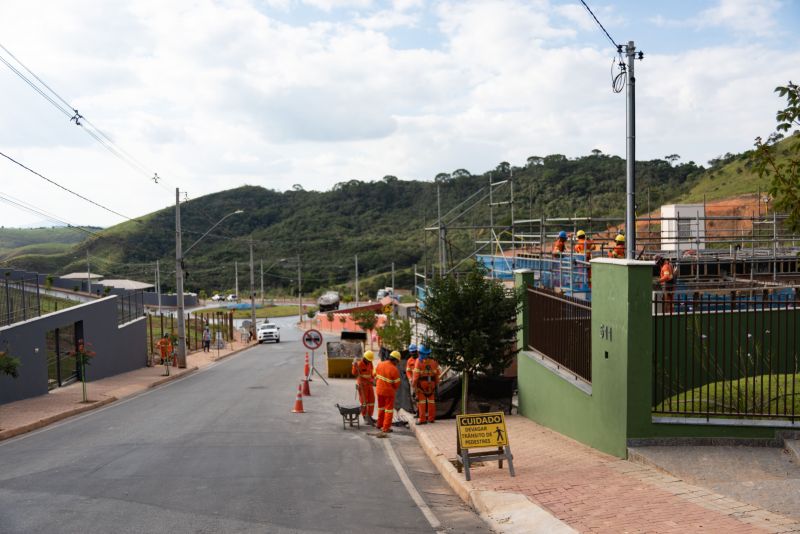On November 5, 2015, the town of Bento Rodrigues in Brazil became the epicenter of an environmental catastrophe that would reverberate throughout the countrys mining landscape. The collapse of the Mariana dam, owned by Samarco—a joint venture between mining giants Vale and BHP Billiton—released an unimaginable torrent of toxic sludge into the Doce River, wiping out entire communities and decimating local ecosystems.
This disaster not only shattered lives but also sent shockwaves through Brazils mining industry, prompting a reevaluation of regulations, safety protocols, and corporate accountability. As the dust settled, the industry found itself at a critical crossroads; it was forced to confront longstanding practices and confront the stark reality of environmental stewardship.
In the aftermath of Mariana, the industry grappled with intense public scrutiny, legal repercussions, and a looming question: how can it rebuild not just its reputation, but a sustainable future? The ripples of this calamity continue to shape Brazils mining sector, revealing the deep interconnections between industry practices, regulations, and the relentless demands of social justice.
Background of the Mariana Dam and Its Operators

The Mariana Dam, a key structure in Brazils mining landscape, was completed in 2016 by Samarco Mineração, a joint venture between Vale S.A. and BHP Billiton. Nestled in the state of Minas Gerais, this tailings dam was designed to store waste materials from iron ore production, significantly increasing mining efficiency for the regions booming industry.
However, the dams construction reflected a growing trend of prioritizing short-term profit over long-term environmental safety, a decision that would have devastating consequences. On November 5, 2015, after a series of alarming signs—cracks, leaks, and complaints from local residents—the dam collapsed catastrophically.
This disaster not only claimed lives but also unleashed a torrent of toxic sludge into the Doce River, devastating ecosystems and communities downstream. The tragic event raised urgent questions about regulatory oversight, corporate responsibility, and the sustainability of Brazils mining operations.
Impact on Mining Operations in Brazil

The Mariana dam disaster, which unleashed a catastrophic torrent of mud in 2015, sent shockwaves through Brazils mining industry, leaving an indelible mark on its operational landscape. In the aftermath, companies faced tighter regulations and a public demanding rigorous safety measures, transforming the very essence of mining practices.
Many mining operations were put on hold, scrutinized like never before, as the government clamped down on licenses and enforced stricter oversight. This upheaval drove some firms to re-evaluate their sustainability strategies, pushing them towards greener technologies and more responsible practices that had previously been considered optional.
Yet, amid this turmoil, the industry grappled with an alarming paradox—while striving to rebound from the disaster, production costs soared, and investments from wary stakeholders dwindled, leaving a sector rich in potential struggling to find its footing in an increasingly vigilant market.
Future Outlook for Brazil’s Mining Industry Post-Mariana

The future outlook for Brazils mining industry in the post-Mariana context is both challenging and multifaceted. On one hand, the disaster has precipitated stringent regulations, pushing companies towards greater accountability and sustainability—an essential shift that could redefine industry practices for the better.
This shift might foster innovation, as firms invest in new technologies to enhance safety and minimize environmental impact. However, the specter of increased operational costs looms large; many companies may struggle to adapt or meet these new standards, potentially stifling growth in a sector already grappling with economic pressures.
Additionally, local communities are now more vigilant, meaning mining corporations must navigate a landscape fraught with social scrutiny and demand for equitable practices, or risk facing further backlash. The interplay of these elements hints at a transformative period ahead, where resilience and adaptability will be critical for survival in Brazil’s evolving mining landscape.
Conclusion
In conclusion, the Mariana dam disaster serves as a critical turning point for Brazils mining industry, highlighting the urgent need for significant reforms in safety regulations and operational practices. The catastrophic failure of the Mariana Barragem not only inflicted devastating environmental and social consequences but also disrupted the mining sectors reputation, investor confidence, and economic stability. As Brazil grapples with the aftermath, it is imperative for stakeholders to prioritize sustainable practices, enhance accountability, and foster a culture of safety to prevent similar tragedies in the future.
The lessons learned from this disaster could pave the way for a more resilient and responsible mining industry, ensuring that the mistakes of the past are not repeated and the voices of affected communities are heard and respected.


